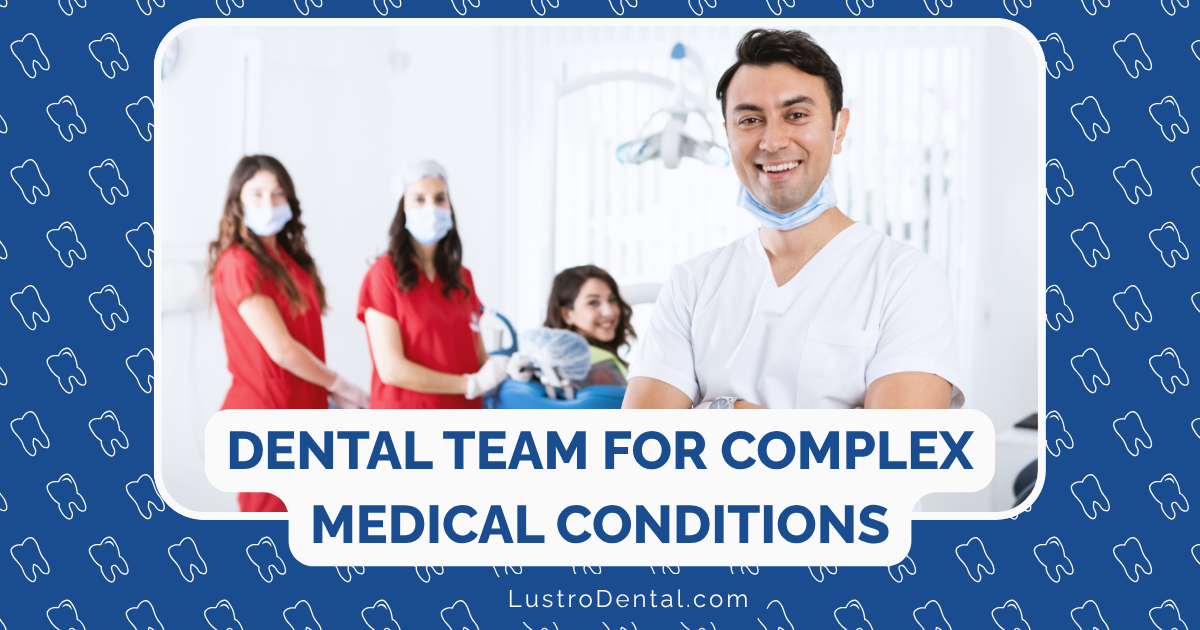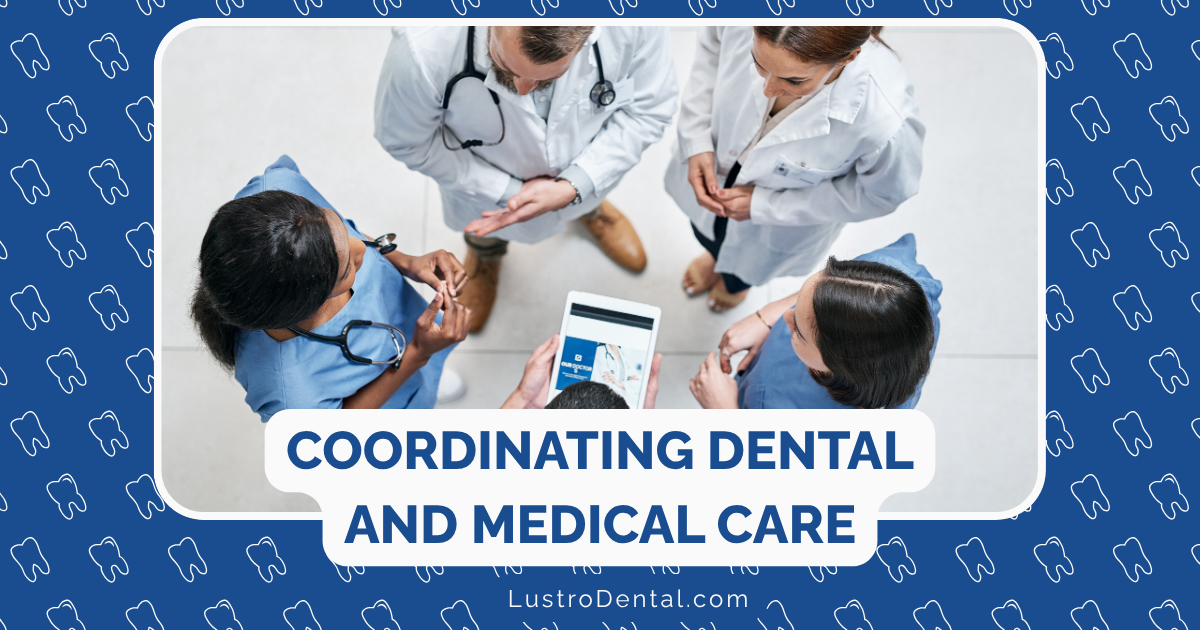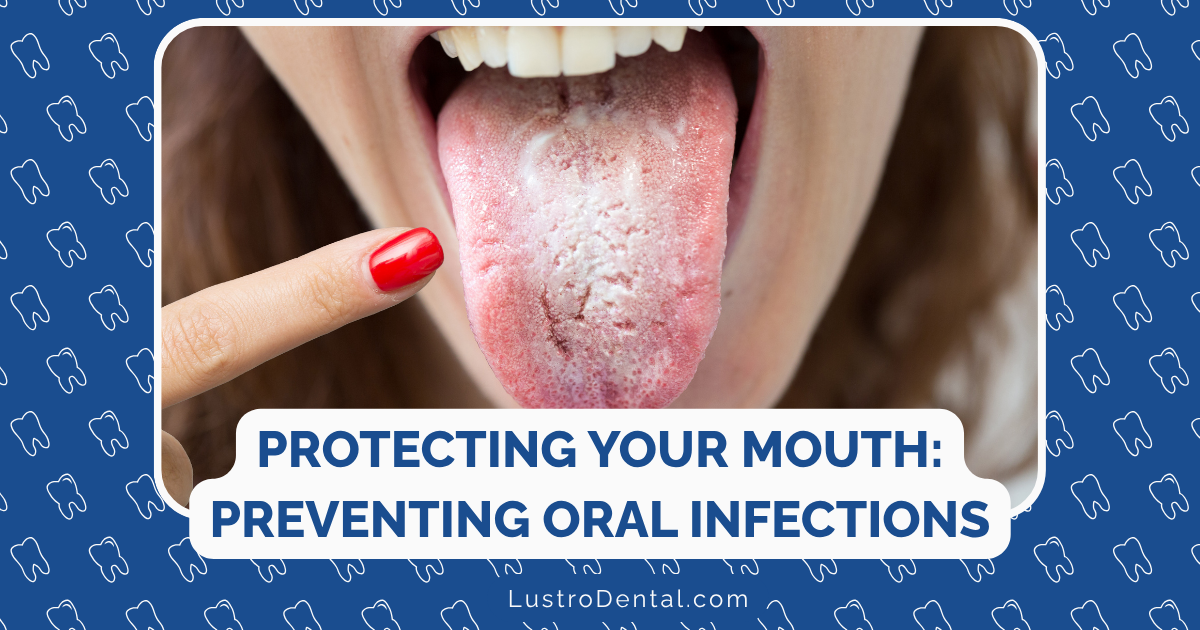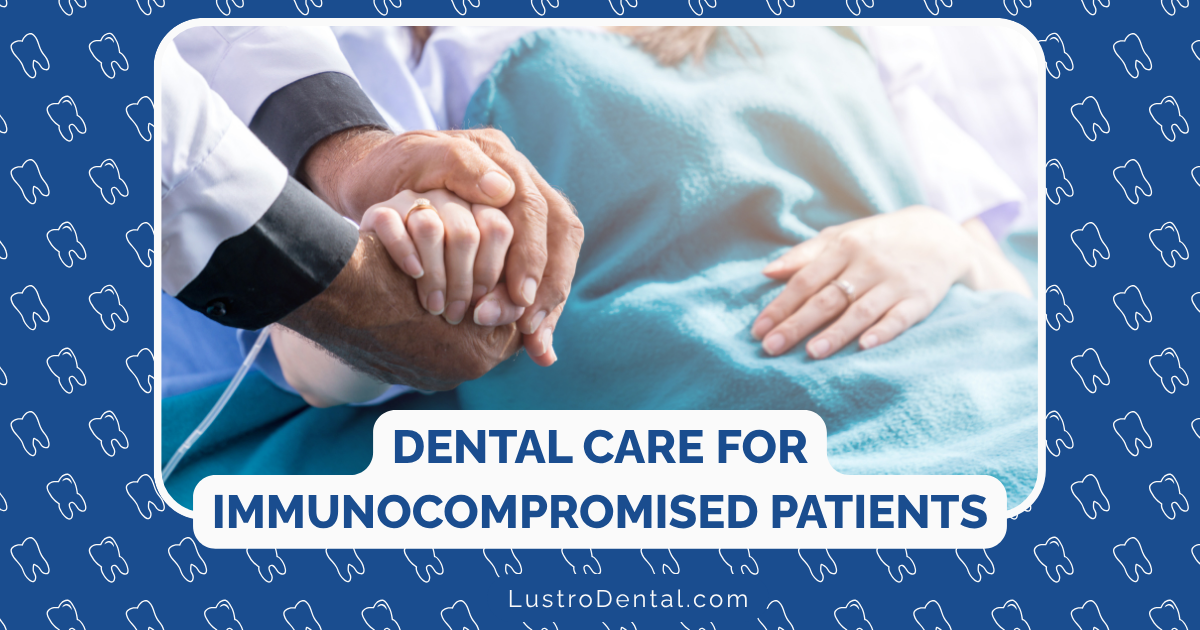Sensory-Friendly Dentistry: Environmental Modifications That Help
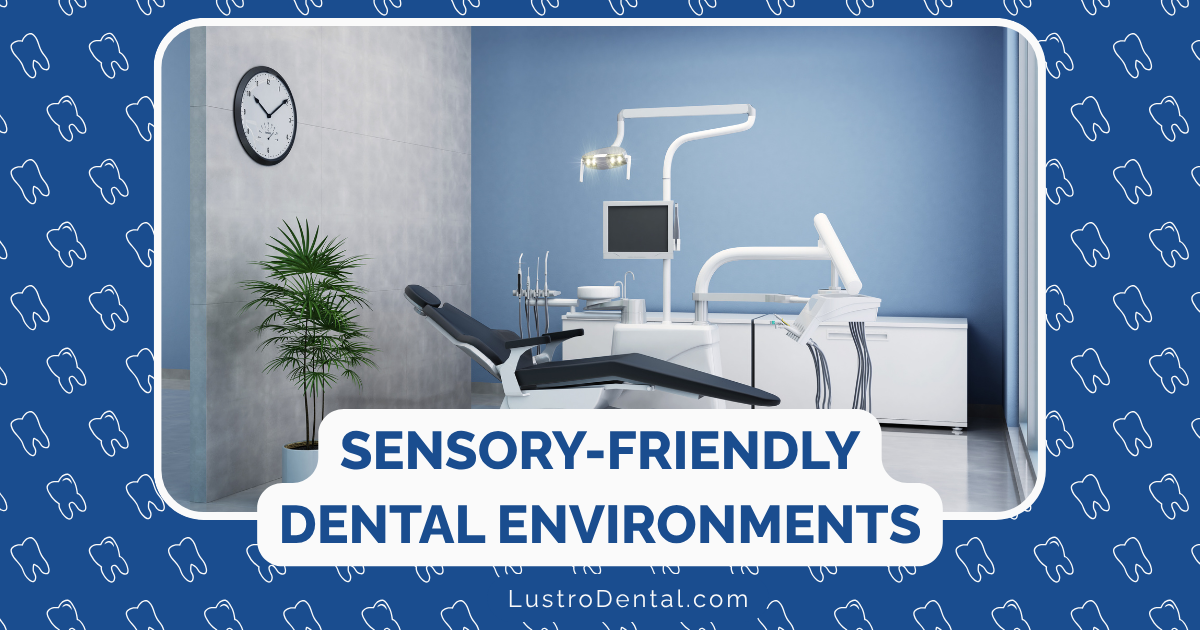
The whir of the dental drill. The glare of overhead lights. The clinical smell of disinfectant. The sensation of unfamiliar instruments in your mouth. For many of us, these sensory experiences are merely uncomfortable aspects of dental care that we tolerate. But for individuals with sensory processing differences—particularly those with autism spectrum disorder, sensory processing disorder, or anxiety conditions—these sensations can be overwhelming, even unbearable.
As a dental health advocate who’s worked with diverse patient populations, I’ve witnessed how seemingly minor environmental modifications can transform dental experiences from traumatic to tolerable—even positive. The good news? Creating a sensory-friendly dental environment isn’t just compassionate care; it’s evidence-based practice backed by growing research.
Understanding Sensory Challenges in Dental Settings
Before discussing modifications, let’s understand what makes traditional dental environments so challenging for sensory-sensitive individuals.
Common Sensory Triggers in Dental Offices
Visual Triggers:
- Bright overhead lighting
- Reflective surfaces
- Visual clutter and busy environments
- Rapid movement of people and instruments
Auditory Triggers:
- High-pitched dental drills
- Suction devices
- Background office noise
- Multiple conversations
- Unexpected sounds
Tactile Triggers:
- Unfamiliar textures in the mouth
- The sensation of vibration
- Proximity of the dental provider
- Touch to sensitive areas of the face
- Restrictive dental bibs
Olfactory Triggers:
- Clinical disinfectants
- Dental materials
- Latex gloves
- Staff perfumes/colognes
Proprioceptive/Vestibular Triggers:
- Reclining position in the dental chair
- Difficulty sensing body position
- Limited movement during procedures
- Head tipped back
Dr. Michele Berman, a pediatric dentist specializing in treating patients with sensory sensitivities, explains: “What might seem like a minor sensory input to most people—like the sound of a suction device—can feel overwhelming to someone with sensory processing differences. Their nervous system processes these inputs differently, often more intensely.”
The Evidence for Sensory-Adapted Dental Environments
Research increasingly supports the effectiveness of sensory-adapted dental environments (SADE) in improving outcomes for patients with sensory sensitivities.
A groundbreaking study published in JAMA Network Open examined 138 children with autism spectrum disorder, comparing their experiences in traditional dental environments versus sensory-adapted ones. The results were striking: children in the sensory-adapted environment showed significantly reduced physiological stress markers and reported lower anxiety levels.
Another study from the University of Southern California involving 162 autistic children found that sensory adaptations not only reduced stress but also improved cooperation during dental cleanings. Remarkably, physiological stress levels dropped as soon as children entered the adapted environment—even before any dental procedures began.
Perhaps most compelling for dental practices considering implementation, a 2020 Italian study found that while only 20% of children with autism were successfully treated in a regular dental environment, that number jumped to 68% in a sensory-adapted setting—a dramatic improvement in treatment success.
Creating a Sensory-Friendly Dental Environment
Let’s explore specific modifications that can transform a dental practice into a sensory-friendly space, organized by sensory domain.
Visual Modifications
Lighting Adaptations:
- Adjustable lighting systems with dimmers to reduce intensity
- Alternative lighting options like floor lamps or wall sconces instead of overhead fluorescents
- Light covers or filters to soften harsh fluorescent lighting
- Natural lighting where possible through windows with adjustable blinds
- Tinted glasses or sunglasses available for patients
Visual Calming Strategies:
- Simplified decor with minimal visual clutter
- Calming color schemes using blues and greens rather than bright, stimulating colors
- Nature imagery on walls or ceilings (particularly effective above dental chairs)
- Visual dividers between treatment areas to reduce distractions
- Digital screens for distraction positioned where patients can easily view them
Dr. James Wilson, who redesigned his practice to be sensory-friendly, shares: “Simply changing from fluorescent to LED lighting with dimmer switches made an immediate difference. We’ve had patients who previously couldn’t even sit in the chair now completing full cleanings.”
Auditory Modifications
Noise Reduction Strategies:
- Sound-absorbing materials on walls, floors, and ceilings
- Acoustic ceiling tiles to dampen sound reflection
- Carpeting or area rugs where infection control permits
- Solid doors rather than hollow ones to reduce sound transmission
- Noise-reducing dental equipment when available (many manufacturers now offer quieter options)
Sound Management Tools:
- Noise-canceling headphones available for patients
- Music options with patient choice when possible
- White noise machines to mask unpredictable sounds
- Advance warning before noisy procedures
- Soundproofing between treatment rooms to minimize background noise
A systematic review published in 2023 found that adaptations in auditory aspects of the dental environment were particularly effective in reducing anxiety and improving cooperation among patients with intellectual and developmental disabilities.
Tactile Considerations
Touch-Sensitive Approaches:
- Weighted blankets available for comfort and security
- Different texture options for patient bibs and napkins
- Gradual introduction to tools and instruments
- Pressure-sensitive techniques when touching patients
- Vibration-reducing handpieces for necessary procedures
Personal Space Respect:
- Clear signals for when touch will occur
- Permission-based approach to entering personal space
- Consistent dental provider when possible to build familiarity
- Demonstration on models before touching the patient
- Patient control over physical positioning when possible
Olfactory Adaptations
Scent Management:
- Fragrance-free policy for staff personal care products
- Air purification systems to reduce clinical odors
- Scheduling that allows for air clearing between patients
- Less aromatic disinfectants when infection control standards permit
- Flavored mask options for oxygen delivery if needed
Taste Considerations:
- Variety of toothpaste flavors including unflavored options
- Patient choice in prophylaxis paste flavors
- Minimal use of flavored materials when not necessary
- Water rinses available to clear unwanted tastes
- Advance warning about taste experiences
Waiting Room Design
The sensory experience begins well before the patient reaches the dental chair. Thoughtful waiting area design can set the tone for a positive visit.
Sensory-Friendly Waiting Areas:
- Quiet zones separate from the main waiting area
- Comfortable seating options including alternatives to standard chairs
- Sensory tools available like fidget toys, stress balls, or weighted items
- Visual schedules showing what will happen during the visit
- Calming activities appropriate for various ages and abilities
Growing Great Grins, a pediatric dental practice specializing in sensory-friendly care, notes: “Our waiting area includes a sensory corner with various seating options, fidget tools, and visual supports. Many parents tell us their children are actually excited to visit because they enjoy this space so much.”
Implementation Strategies for Dental Practices
Creating a sensory-friendly environment doesn’t have to happen all at once. Here’s a phased approach that many practices have successfully used:
Phase 1: Low-Cost, High-Impact Changes
- Offer sunglasses and noise-canceling headphones
- Create a sensory kit with weighted blankets and fidget tools
- Implement scheduling adjustments (first/last appointments, longer time slots)
- Train staff on sensory sensitivities and accommodations
- Develop visual supports and social stories
Phase 2: Moderate Investments
- Install dimmer switches for lighting control
- Add sound-absorbing panels in strategic locations
- Create a designated quiet waiting area
- Purchase specialized equipment like mouth props designed for comfort
- Implement a scent-free policy with air purification
Phase 3: Comprehensive Environment Design
- Complete renovation with sensory-friendly design principles
- Install comprehensive acoustic treatments
- Invest in quieter dental equipment
- Develop specialized treatment rooms dedicated to sensory-sensitive patients
- Create fully accessible spaces with multiple accommodation options
Dr. Lisa Chen of Luxe Dental Group, which has become a leader in sensory-friendly dentistry, advises: “Start with understanding your patients’ needs through pre-appointment questionnaires about sensory preferences. This allows you to prioritize modifications that will have the greatest impact for your specific patient population.”
Beyond Autism: Who Benefits from Sensory-Friendly Dentistry?
While much of the research on sensory-friendly dentistry focuses on patients with autism spectrum disorder, the benefits extend to many others:
- Individuals with sensory processing disorder
- People with anxiety disorders or dental phobias
- Those with ADHD or concentration difficulties
- Individuals with PTSD or trauma histories
- People with dementia or cognitive impairments
- Children with developmental delays
- Many neurotypical patients who simply prefer a calmer environment
As Sensory Friendly Solutions notes, over 25 different conditions can lead to sensory sensitivities, making sensory-friendly dentistry a truly inclusive approach to care.
Case Study: Transformation in Practice
To illustrate the impact of sensory-friendly modifications, consider the experience of Pediatric Dental Associates of Ridgewood, which implemented comprehensive sensory adaptations in 2023:
Before implementing sensory-friendly modifications, the practice had a 43% cancellation/no-show rate for patients with sensory sensitivities. Many would require sedation for even basic procedures, and some families had given up on dental care entirely.
After creating a sensory-adapted environment with modified lighting, sound management, visual supports, and staff training, they saw dramatic improvements:
- Cancellation rates dropped to 12%
- Sedation needs decreased by over 60%
- Treatment completion rates increased from 35% to 82%
- Patient and family satisfaction scores rose significantly
Practice director Dr. Sarah Johnson shares: “The return on investment has been tremendous, not just financially but in the emotional reward of seeing patients succeed who previously couldn’t tolerate dental care at all.”
Practical Implementation Tips from Sensory-Friendly Pioneers
Dental professionals who have successfully created sensory-friendly environments offer these practical tips:
- Start with assessment: Survey your current environment from a sensory perspective, identifying potential triggers
- Consult experts: Partner with occupational therapists who specialize in sensory processing
- Involve patients: Get feedback from sensory-sensitive patients about what would help them
- Train all staff: Everyone from reception to dental assistants needs to understand sensory-friendly approaches
- Create visual resources: Develop visual schedules, social stories, and preparation materials
- Offer pre-visits: Allow patients to visit and become familiar with the environment without treatment
- Be flexible: Adapt your approach based on individual needs and feedback
- Document preferences: Keep detailed notes on what works for each patient
- Network: Connect with other sensory-friendly practices to share ideas and resources
- Celebrate successes: Recognize and build on positive experiences
The Future of Sensory-Friendly Dentistry
As we look toward 2025 and beyond, several trends are emerging in sensory-friendly dental care:
- Virtual reality as a distraction and desensitization tool
- AI-powered personalization of sensory environments based on individual preferences
- Telehealth pre-visits to prepare patients and assess needs before in-person care
- Portable sensory adaptation kits for practices that can’t make permanent modifications
- Specialized training programs for dental professionals in sensory-friendly approaches
Dr. Robert Williams, a researcher in special care dentistry, predicts: “Within the next five years, sensory-friendly design elements will become standard in dental education and practice, much as accessibility features have become expected rather than exceptional.”
Resources for Creating Sensory-Friendly Dental Environments
For dental professionals interested in implementing sensory-friendly modifications, these resources provide valuable guidance:
- Autism Speaks Dental Tool Kit
- Special Care Dentistry Association
- American Academy of Pediatric Dentistry’s Special Health Care Needs Resources
- Sensory Friendly Solutions for certification and training
- SPOON Foundation’s Dental Care Guide for children with special needs
Conclusion: A More Inclusive Approach to Dental Care
Creating sensory-friendly dental environments isn’t just about accommodating a few patients with special needs—it’s about reimagining dental care to be more comfortable and accessible for everyone. The environmental modifications discussed here represent a shift toward patient-centered care that recognizes and respects neurological diversity.
The research is clear: sensory-adapted dental environments significantly improve outcomes, reducing anxiety and increasing treatment success. With thoughtful modifications to lighting, sound, touch experiences, and overall environment design, dental practices can create spaces where all patients can receive the care they need without unnecessary distress.
As we continue to advance our understanding of sensory processing and implement evidence-based modifications, we move closer to a future where dental anxiety and sensory barriers no longer prevent anyone from accessing essential oral healthcare. That’s something worth smiling about.
Have you implemented sensory-friendly modifications in your dental practice or experienced them as a patient? Share your experiences in the comments below.


